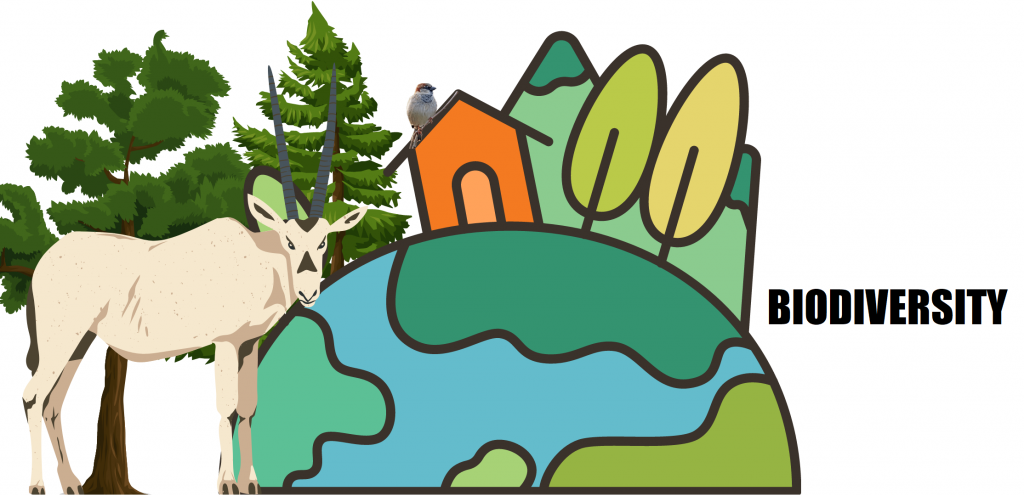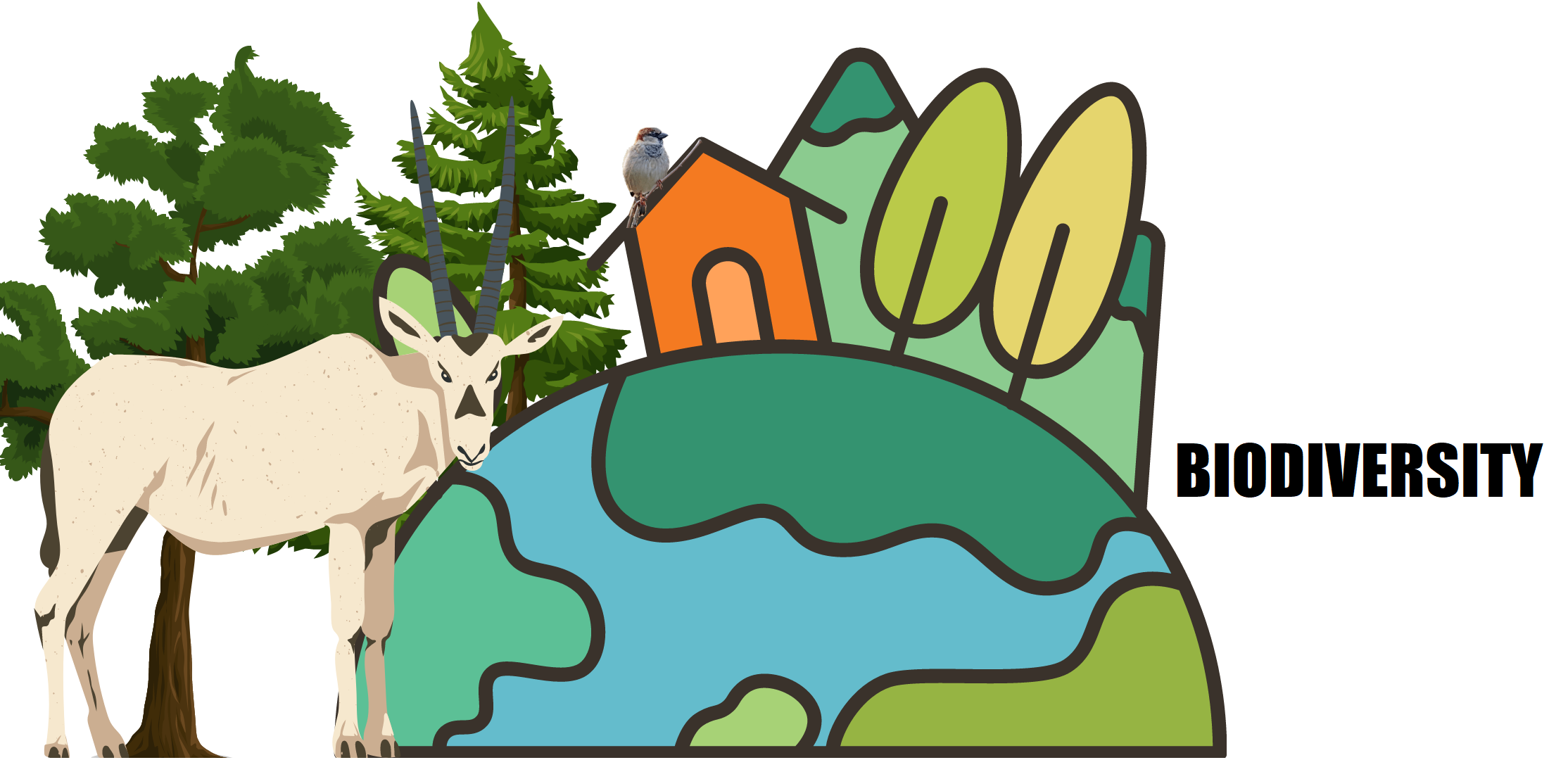
Although environmental, social, and governance (ESG) investing has swept the financial world, the “E” in ESG has become near synonymous with climate mitigation. While climate change is one of the most obvious concerns, it is not the only environmental threat that needs addressing. Until recently, the majority of sustainability efforts have focused on measuring and managing businesses’ carbon emissions, which is a solid start but leaves out a critical piece of the sustainability equation. Investors’ portfolios would be more sustainable and their ESG risks would be better mitigated if they took the same steps in biodiversity as they did in carbon emissions reporting and mitigation.
Before it’s too late
While it took a decade or more for businesses and markets to recognize the threat of climate change, there is already a pressing need to understand and reduce biodiversity risks. Biodiversity, one of the more overshadowed pieces of investors’ environmental concerns in ESG will become crucial as the UN Biodiversity Conference (COP15), will take place in the Third Quarter of 2022 in Kunming, China. Also, with the Task Force on Nature-related Financial Disclosures (TNFD) biodiversity framework becoming mainstream, the coming years will see the introduction of several major disclosure mechanisms – both compulsory and voluntary – on how investors manage and report on biodiversity risks and impacts. The capitals may soon be steered away from firms that harm biodiversity and toward those that are “nature-positive.” Several new regulatory approaches, including rigorous restrictions on the commercial use of certain land areas and subsidy reforms.
It’s easy to believe that biodiversity threats are limited to natural resource-dependent industries like mining, forestry, and agriculture. Unsustainable business practices, in these industries, can lead to environmental damage and land exploitation. Many businesses, on the other hand, rely on natural capital both directly and indirectly, and should thus consider integrating biodiversity and natural capital in their risk register. The concept of ‘natural capital,’ which involves efficiently valuing nature by factoring ecosystems into financial performance measures, is not without criticism, but proponents claim that failure to value biodiversity adequately is a primary driver in accelerating rates of loss. More than half of the global gross domestic product is dependent on nature, according to the World Economic Forum (WEF). The UN Environment Programme Finance Initiative observed that nature is vital to 13 of the 18 industries that make up the Financial Times Stock Exchange 100 Index (FTSE 100), which has a market capitalization of US$1.6 trillion. As a result of collapsing ecosystems, one out of every five major corporations could experience serious operational hazards.
Effective measure of biodiversity impact
Businesses have traditionally reported on biodiversity by evaluating qualitative data such as firms’ commitments or ESG ratings linked to biodiversity, such as corporate procedures and policies. Physical metrics, such as tonnes of CO2, that have become a standard measure for quantifying climate impact, are needed for an effective measure of biodiversity impact. Companies can only accurately evaluate their biodiversity performance, compare it to competitors, and report it to investors if they have hard numbers. Biodiversity reporting initiatives are already underway in European nations and are being considered in other developed countries. Biodiversity reporting is expected to become mandatory in the future, just as carbon footprint reporting is in many nations.
Biodiversity and climate are inextricably linked. Forests and ecosystems, such as mangroves, marshes, and coral reefs, can act as carbon sinks, reducing greenhouse gas emissions, and also can be essential nature-based solutions for adapting to climate change’s effects, such as coastal erosion protection and flood prevention. While estimating carbon emissions is relatively simple for corporations, assessing biodiversity may be complex and multi-faceted. The methods for determining the biodiversity value of ecosystems by counting endangered species or using other acceptable metrics, and then using that information to analyze the impact of commercial activities on biodiversity could be a way forward. Because offsets cannot compensate for the loss of established ecosystems harbouring rare species, some biodiversity will always be lost in offset exchanges. Protecting biodiversity does not have to involve restricting land parcels as protected areas; by recognising indigenous people’s deep knowledge, businesses and biodiversity can coexist.
Let’s act right now!
Businesses should acquaint themselves with evolving biodiversity concepts, tools, and frameworks, as well as integrate their organization with biodiversity think tanks like The Intergovernmental Science-Policy Platform on Biodiversity and Ecosystem Services (IPBES) and Science Based Targets Network (SBTN). Businesses should develop capacities to map biodiversity risks throughout their value chain, decrease their impact, and increase internal accountability for biodiversity mitigation. And to address both climate and biodiversity concerns, adopt common strategies to include biodiversity in climate mitigation efforts.
Few businesses have committed to improving biodiversity, and many companies appear to be naive of the financial risk they face. There is yet to be a “Reality Check” of natural capital, which quantifies the financial risk of biodiversity loss. And corporations must recognize that biodiversity loss will eventually jeopardize global economic stability, as well as the survival of all species, including humans. As there is a booming thrust in global transitions to a low-carbon economy, businesses may be asked to demonstrate not only their decarbonization strategies but also how they are reducing negative impacts on biodiversity. Businesses should not wait for a globally recognized and perfected biodiversity framework but rather should act right now on biodiversity conservation across their value chain and help mitigate biodiversity loss.
AUTHORS

Views expressed in this article are those of the author and do not necessarily reflect those of the editors or publishers.

